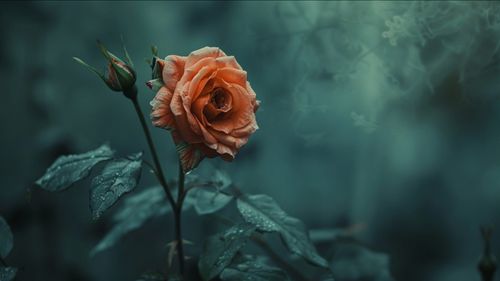The Flower poem summary: Tennyson's timeless classic explained
Mar 25, 2024 · 2 mins read
0
Share

Alfred Lord Tennyson's "The Flower" weaves a delicate tapestry of growth and decay, reflecting the transient beauty of life through the lens of a single flower.
Save
Share
Tennyson, a master of Victorian poetry, often used natural elements to explore deep philosophical questions, with flowers serving as symbols of both time's passage and eternal beauty.
Save
Share
"The Flower" stands out for its simplicity amidst Tennyson's often grand and sweeping narratives, offering a moment of introspection on the nature of existence.
Save
Share
The poem's beauty lies in its ability to capture the cycle of life in just a few lines, mirroring human experiences of birth, blossoming, and inevitable decline.
Save
Share
Tennyson's use of the flower as a central image invites readers to consider their own mortality and the legacy they wish to leave, much like the fleeting bloom of a flower.
Save
Share
The juxtaposition of the flower's delicate beauty against the backdrop of its eventual wilting serves as a poignant reminder of the impermanence of all things.
Save
Share
Through "The Flower," Tennyson challenges the reader to find meaning and beauty in the temporary, to appreciate the now before it slips away.
Save
Share
The poem's language is rich with imagery, each word carefully chosen to evoke the senses, allowing readers to see, smell, and almost touch the ephemeral flower.
Save
Share
"The Flower" is not just a meditation on life and death; it's a celebration of the moments in between, encouraging a deeper appreciation for the everyday miracles that surround us.
Save
Share
Ultimately, Tennyson's "The Flower" transcends its own simplicity, blossoming into a timeless reflection on life's fragility and the enduring quest for meaning amidst the ephemeral.
Save
Share
0